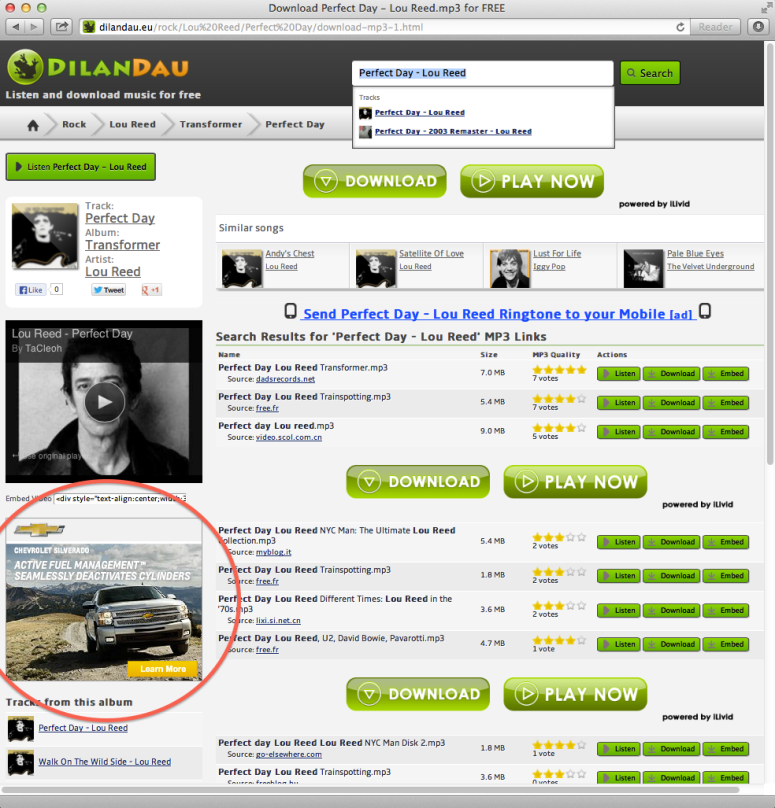Google’s YouTube is a business built on infringement as a model. So called “User Generated Content” is really just code for what the majority of the high value media on YouTube really is, “User PIRATED Content“.
In other words there’s nothing internet advertising loves more than illegally monetizing the work of professional creators, and thus driving down the true fair market rates for those works (keep this in mind when thinking about Spotify and streaming services!).
Below are excerpts from emails discovered during the Viacom Vs. YouTube lawsuit and published by DailyFinance:
• A July 29 email conversation about competing video sites laid out the importance to YouTube of continuing to use the copyrighted material. “Steal it!” Chen said , and got a reply from Hurley, “hmmm, steal the movies?” Chen’s answer: “we have to keep in mind that we need to attract traffic. how much traffic will we get from personal videos? remember, the only reason our traffic surged was due to a video of this type.”
And this is not the only smoking gun, here’s a quote from DailyTech regarding Google’s Ad Sales and the site EasyDownloadCenter:
In fact, Google’s ad teams even made suggestions designed to optimize conversion rates by using keywords targeted to pirated content – such as suggesting downloading films still in theatrical release, that obviously were not available yet in any authorized format for home viewing.
According to PCWorld this added up to some decent money…
EasyDownloadCenter.com and TheDownloadPlace.com generated US$1.1 million in revenue between 2003 and 2005, and Google received $809,000 for advertising, the Journal reported.
Both YouTube and Google Search function similarly by monetizing infringing “User Pirated Content” with advertising. On YouTube users upload infringing music and videos of all varieties which attract the consumers to the globally dominant and monopolistic video streaming site.
Remember the email above where the YouTube founders admit “how much traffic will we get from personal videos? remember, the only reason our traffic surged was due to a video of this type”. And by “this type” they mean professionally produced and created media by artists, musicians, filmmakers and other creative professionals that are of high value in attracting an audience – an audience that can then be monetized with advertising.
Google Search operates in very similar way (no coincidence) by monetizing (mostly with advertising) millions infringing URLs on sites primarily dedicated to distribution of copyrighted works via p2p networks and bittorrent.

Over 50 Major Brands Funding Music Piracy, It’s Big Business!
But don’t take our word for it, here’s a report from DigiDay (owned by The Economist):
According to AppNexus CEO Brian O’Kelley, it’s an easy problem to fix, but ad companies are attracted by the revenue torrent sites can generate for them. Kelley said his company refuses to serve ads to torrent sites and other sites facilitating the distribution of pirated content. It’s easy to do technically, he said, but others refuse to do it.
“We want everyone to technically stop their customers from advertising on these sites, but there’s a financial incentive to keep doing so,” he said. “Companies that aren’t taking a stand against this are making a lot of money.”
What about the removing infringing material with a DMCA notice you ask? Well, we’re glad you did… here’s how it “works”…
DMCA “Takedown” Notices: Why “Takedown” Should Become “Take Down and Stay Down” and Why It’s Good for Everyone | Nova Edu
Safe Harbor Not Loophole: Five Things We Could Do Right Now to Make the DMCA Notice and Takedown Work Better


You must be logged in to post a comment.